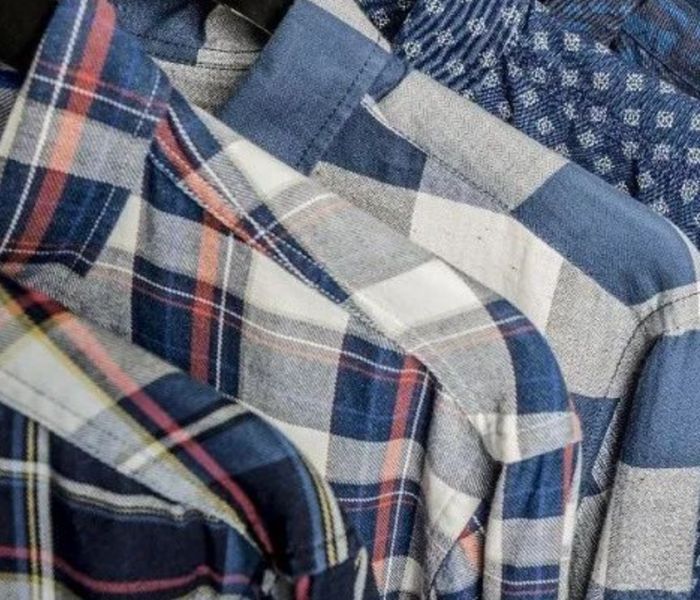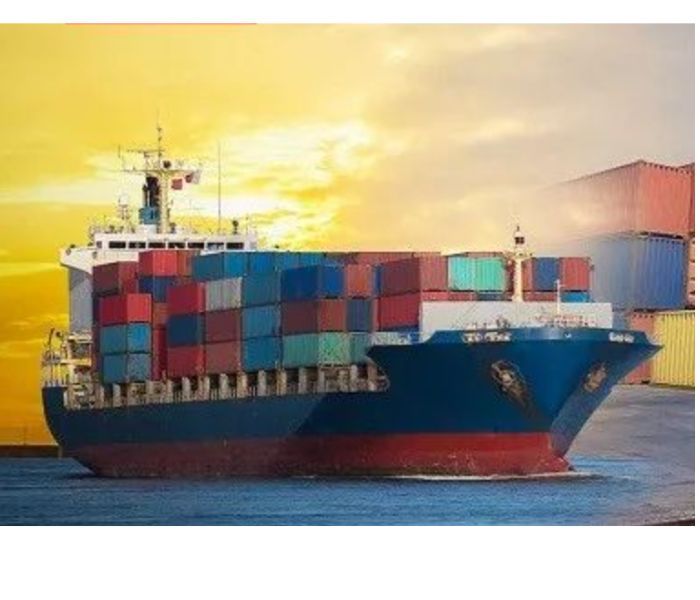Turkey, Europe’s third-largest clothing supplier, faces higher production costs and risks falling further behind Asian rivals after the government raised taxes on textile imports including raw materials.
Apparel industry stakeholders say the new taxes are squeezing the industry, which is one of Turkey’s largest employers and supplies heavyweight European brands such as H&M, Mango, Adidas, Puma and Inditex. They warned of layoffs in Turkey as import costs rise and Turkish producers lose market share to rivals such as Bangladesh and Vietnam.
Technically, exporters can apply for tax exemptions, but industry insiders say the system is costly and time-consuming and doesn’t work in practice for many companies. Even before the new taxes were imposed, the industry was already grappling with soaring inflation, weakening demand and falling profit margins as exporters viewed the lira as overvalued, as well as the fallout from Turkey’s years-long experiment in cutting interest rates amid inflation.
Turkish exporters say fashion brands can withstand price increases of up to 20 percent, but any higher prices will result in market losses.
One manufacturer of women’s clothing for European and U.S. markets said the new tariffs would raise the cost of a $10 T-shirt by no more than 50 cents. He does not expect to lose customers, but said the changes reinforce the need for Turkey’s apparel industry to shift from mass production to value addition. But if Turkish suppliers insist on competing with Bangladesh or Vietnam for $3 T-shirts, they will lose.
Turkey exported $10.4 billion in textiles and $21.2 billion in apparel last year, making it the world’s fifth and sixth-largest exporter respectively. It is the second-largest textiles and third-largest clothing supplier in the neighboring EU, according to the European Clothing and Textile Federation (Euratex).
Its European market share fell to 12.7% last year from 13.8% in 2021. Textile and apparel exports fell by more than 8% through October this year, while overall exports were flat, industry data showed.
The number of registered employees in the textile industry fell by 15% as of August. Its capacity utilization was 71% last month, compared with 77% for the overall manufacturing sector, and industry officials said many yarn makers were operating at close to 50% capacity.
The lira has lost 35% of its value this year and 80% in five years. But exporters say the lira should depreciate further to better reflect inflation, which currently stands at more than 61% and hit 85% last year.
Industry officials say 170,000 jobs have been cut in the textile and apparel industry so far this year. It is expected to hit 200,000 by the end of the year as monetary tightening cools an overheated economy.
Post time: Dec-17-2023


